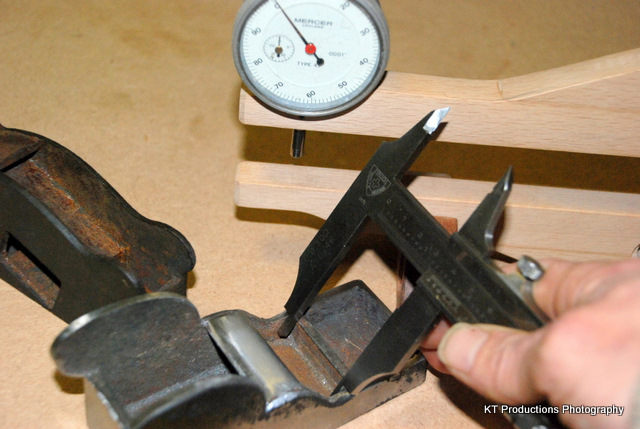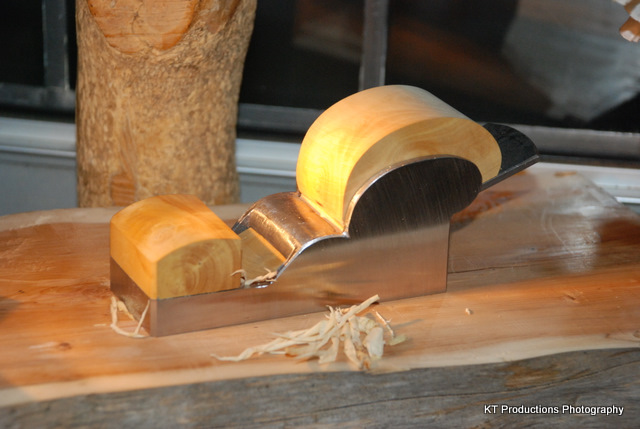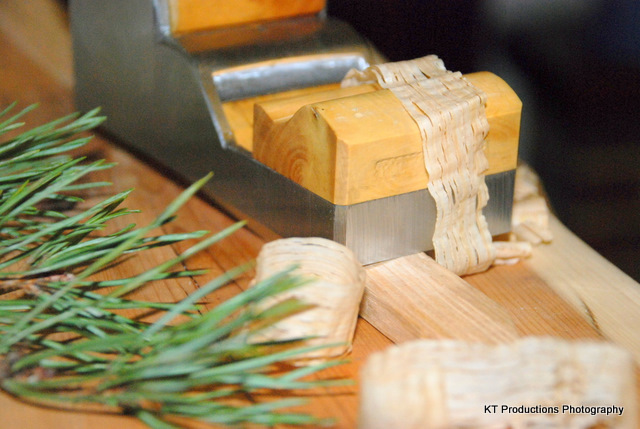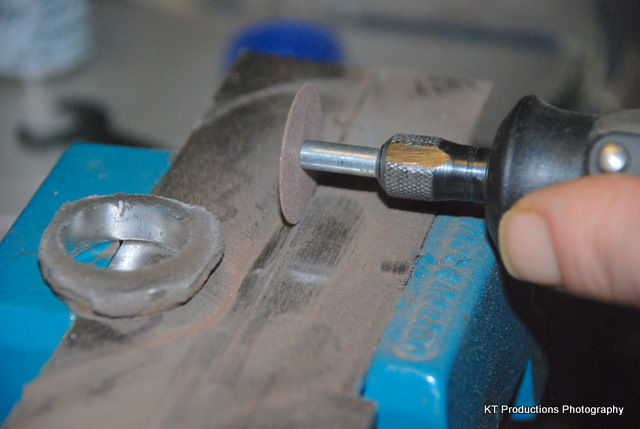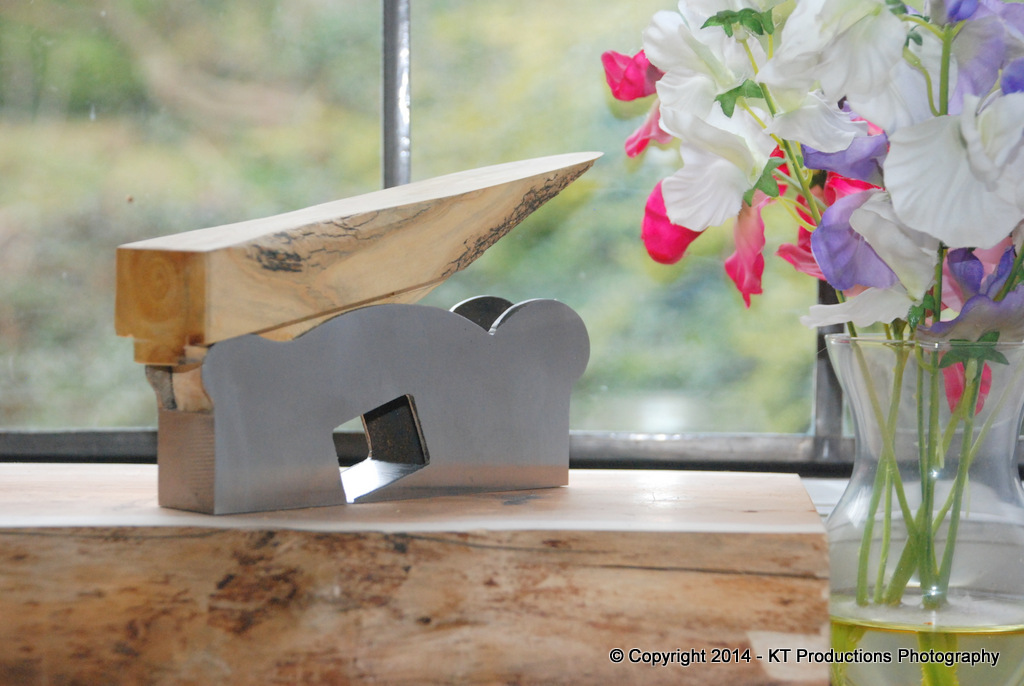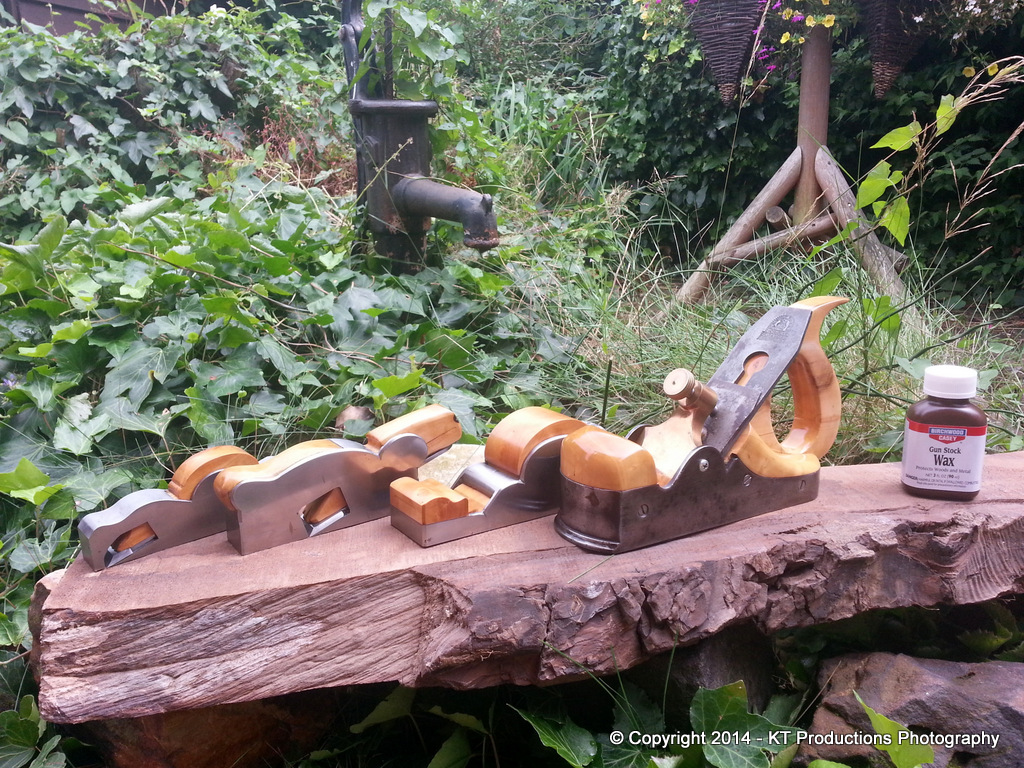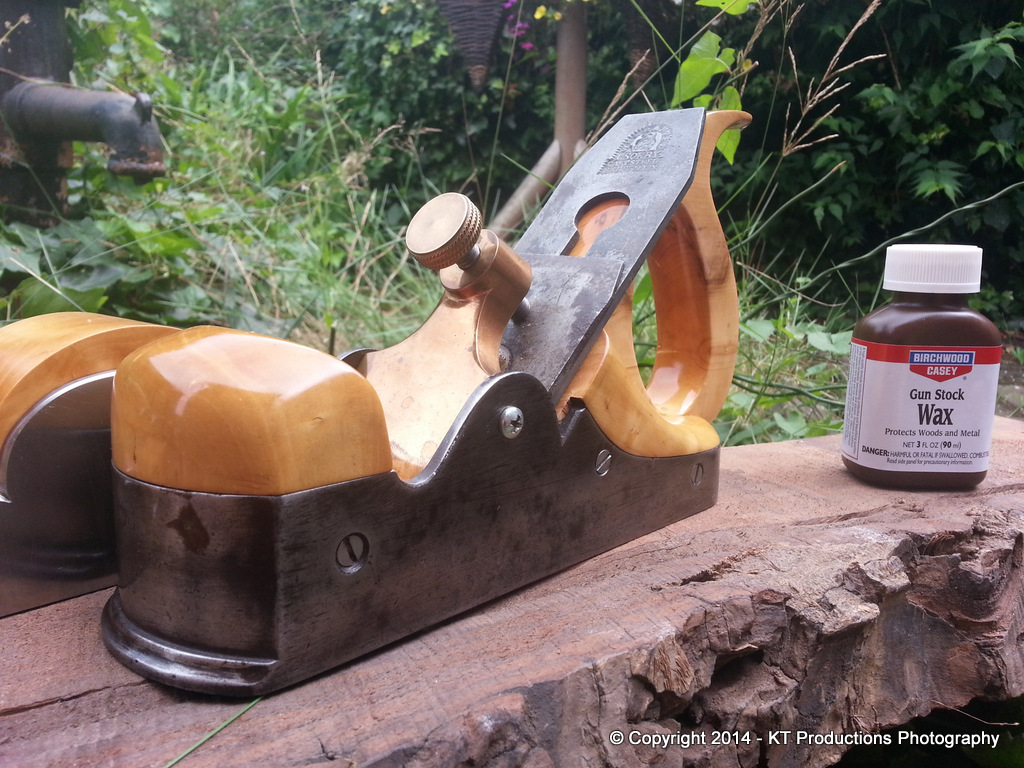I'm sure like me you have seen and drooled over Jimi's Three little castings page on his blog
http://www.ktproductions.co.uk/blog/?page_id=43
and to quote Jimi
"One day…flicking through FleaBay…I stumbled on these three "
Unlike Jimi's mine are far newer, bronze and have probably covered more miles than I in the last decade.
Bristol - America - Lancashire
http://www.ebay.co.uk/itm/331177446119? ... 1497.l2649
Not here yet but seemed quiet on the forum today so thought I would give you a laugh, especially as I don't own a milling machine.
Step 1 will be sweating the steel soles on.
http://philsville.blogspot.co.uk/2006/12/sweating.html
http://bbs.homeshopmachinist.net/thread ... ther-means
Any ideas on what thickness / type of steel I should order ?
http://www.ktproductions.co.uk/blog/?page_id=43
and to quote Jimi
"One day…flicking through FleaBay…I stumbled on these three "
Unlike Jimi's mine are far newer, bronze and have probably covered more miles than I in the last decade.
Bristol - America - Lancashire
http://www.ebay.co.uk/itm/331177446119? ... 1497.l2649
Not here yet but seemed quiet on the forum today so thought I would give you a laugh, especially as I don't own a milling machine.
Step 1 will be sweating the steel soles on.
http://philsville.blogspot.co.uk/2006/12/sweating.html
http://bbs.homeshopmachinist.net/thread ... ther-means
Any ideas on what thickness / type of steel I should order ?




















